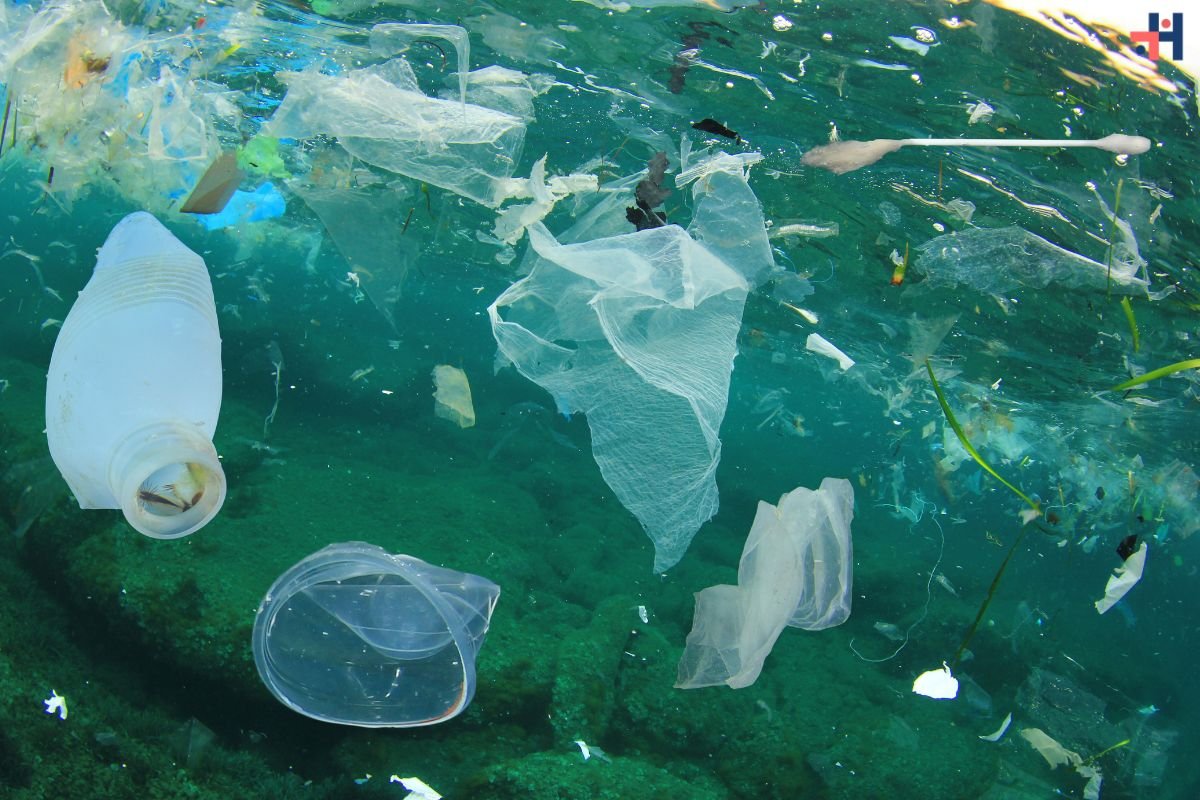Pollution remains one of the most pressing environmental issues of our time, with far-reaching consequences for ecosystems, wildlife, and human health. In this comprehensive blog, we delve into the various forms of pollution and their detrimental impact of pollution on the environment. From air and water pollution to land and plastic pollution, we explore the scope of the problem and discuss potential solutions to mitigate its impact.
Understanding the Impact of Pollution on the Environment:
Pollution can be broadly defined as the introduction of harmful substances or contaminants into the natural environment, causing adverse effects. It encompasses a wide range of pollutants, including chemicals, particulate matter, and waste products, which can originate from industrial activities, transportation, agriculture, and improper waste disposal.
1. Air Pollution:
Air pollution, primarily caused by emissions from vehicles, factories, and power plants, poses a significant threat to both environmental and human health. The release of pollutants such as carbon monoxide, sulfur dioxide, nitrogen oxides, and particulate matter contributes to smog formation, respiratory illnesses, and climate change. Moreover, air pollution can harm ecosystems, damage vegetation, and acidify soils, leading to adverse impacts on biodiversity and agricultural productivity.
2. Water Pollution:

Water pollution, resulting from the discharge of industrial waste, agricultural runoff, and untreated sewage, contaminates freshwater sources such as rivers, lakes, and groundwater. Chemical pollutants, including heavy metals, pesticides, and pharmaceuticals, pose serious risks to aquatic ecosystems and public health. Moreover, nutrient pollution from fertilizers can lead to algal blooms, oxygen depletion, and fish kills, further exacerbating water quality issues.
3. Land Pollution:
Land pollution, often associated with improper waste management and industrial activities, degrades soil quality and disrupts natural habitats. The accumulation of solid waste, including plastics, metals, and hazardous materials, poses threats to wildlife and ecosystems. Moreover, landfills and contaminated sites can leach pollutants into groundwater, contaminating drinking water supplies and posing health risks to nearby communities.
4. Plastic Pollution:
Plastic pollution has emerged as a global environmental crisis, with vast quantities of plastic waste entering the oceans every year. Single-use plastics, such as bottles, bags, and packaging, contribute to marine debris, endangering marine life and ecosystems. Plastic particles, known as microplastics, can accumulate in the food chain, posing health risks to humans and wildlife. Addressing plastic pollution requires concerted efforts to reduce plastic consumption, improve waste management practices, and promote recycling and circular economy initiatives.
5. Noise Pollution:
Noise pollution, often overlooked compared to other forms of pollution, can have significant impacts on both wildlife and human health. Excessive noise from transportation, industrial activities, and urban development disrupts natural habitats, disturbs wildlife behavior, and impairs communication and navigation. In humans, chronic exposure to noise pollution can lead to hearing loss, sleep disturbances, and stress-related health problems.
6. Light Pollution:
Light pollution, resulting from excessive artificial lighting, disrupts natural light cycles and negatively affects nocturnal ecosystems. It interferes with wildlife behavior, migration patterns, and reproductive cycles, leading to declines in biodiversity and ecological imbalances. Moreover, light pollution has adverse effects on human health, disrupting circadian rhythms, sleep patterns, and hormonal regulation.
7. Soil Pollution:
Soil pollution, caused by industrial activities, agricultural practices, and waste disposal, degrades soil quality and threatens food security. Contaminants such as heavy metals, pesticides, and industrial chemicals accumulate in soils, impairing fertility, reducing crop yields, and contaminating food crops. Soil pollution also poses risks to human health through the consumption of contaminated food and exposure to toxic substances.

8. Radioactive Pollution:
Radioactive pollution, resulting from nuclear accidents, industrial activities, and medical waste disposal, poses serious environmental and health risks. Radioactive substances, such as uranium, plutonium, and cesium, can persist in the environment for long periods, contaminating soil, water, and air. Exposure to radioactive pollution increases the risk of cancer, genetic mutations, and other radiation-related illnesses in humans and wildlife.
Impact of pollution on Wildlife:
Pollution has devastating effects on wildlife, threatening biodiversity and ecosystem integrity. Marine animals ingest plastic debris, leading to entanglement, suffocation, and starvation. Chemical pollutants accumulate in the tissues of organisms, causing reproductive disorders, immune suppression, and population declines. Moreover, habitat destruction and pollution-related diseases further exacerbate the vulnerability of wildlife species to environmental stressors.
Human Health Implications from the Impact of pollution on the environment:
Pollution poses significant risks to human health, with exposure to air, water, and soil contaminants contributing to a range of diseases and health conditions. Air pollution increases the risk of respiratory infections, cardiovascular diseases, and lung cancer. Waterborne pathogens and chemical pollutants can cause gastrointestinal illnesses, neurological disorders, and developmental abnormalities. Moreover, exposure to environmental toxins may have long-term effects on reproductive health, immune function, and cognitive development.
Climate Change Connection:
Pollution, particularly greenhouse gas emissions, plays a major role in driving climate change and global warming. The burning of fossil fuels releases carbon dioxide, methane, and other greenhouse gases into the atmosphere, leading to the enhanced greenhouse effect and rising temperatures. Climate change exacerbates environmental degradation, intensifies extreme weather events, and disrupts ecosystems, posing additional challenges for biodiversity conservation and sustainable development efforts.
Mitigation and Solutions – Impact of pollution on the environment:

Addressing pollution requires a multifaceted approach, encompassing policy interventions, technological innovations, and individual actions. Governments must enact and enforce stringent environmental regulations to limit emissions, regulate waste disposal, and promote cleaner production practices. Investments in renewable energy, green infrastructure, and sustainable transportation systems are essential for reducing dependence on fossil fuels and mitigating climate change impacts.
At the community level, raising awareness, promoting eco-friendly behaviors, and supporting local initiatives can contribute to pollution prevention and environmental conservation. Individuals can reduce their ecological footprint by conserving resources, recycling waste, and adopting sustainable lifestyle practices. Education and advocacy efforts play a crucial role in fostering environmental stewardship and empowering communities to take collective action against pollution.
Conclusion:
The impact of pollution on the environment is profound and far-reaching, posing threats to ecosystems, wildlife, and human health. From air and water pollution to land and plastic pollution, the cumulative effects of human activities have significant implications for the planet’s ecological balance and sustainability. Addressing pollution requires concerted efforts at the global, national, and local levels to mitigate its impact, protect natural resources, and build a more resilient and sustainable future for generations to come. The impact of pollution on the environment highlights the urgent need for action to safeguard the Earth’s ecosystems and biodiversity.










